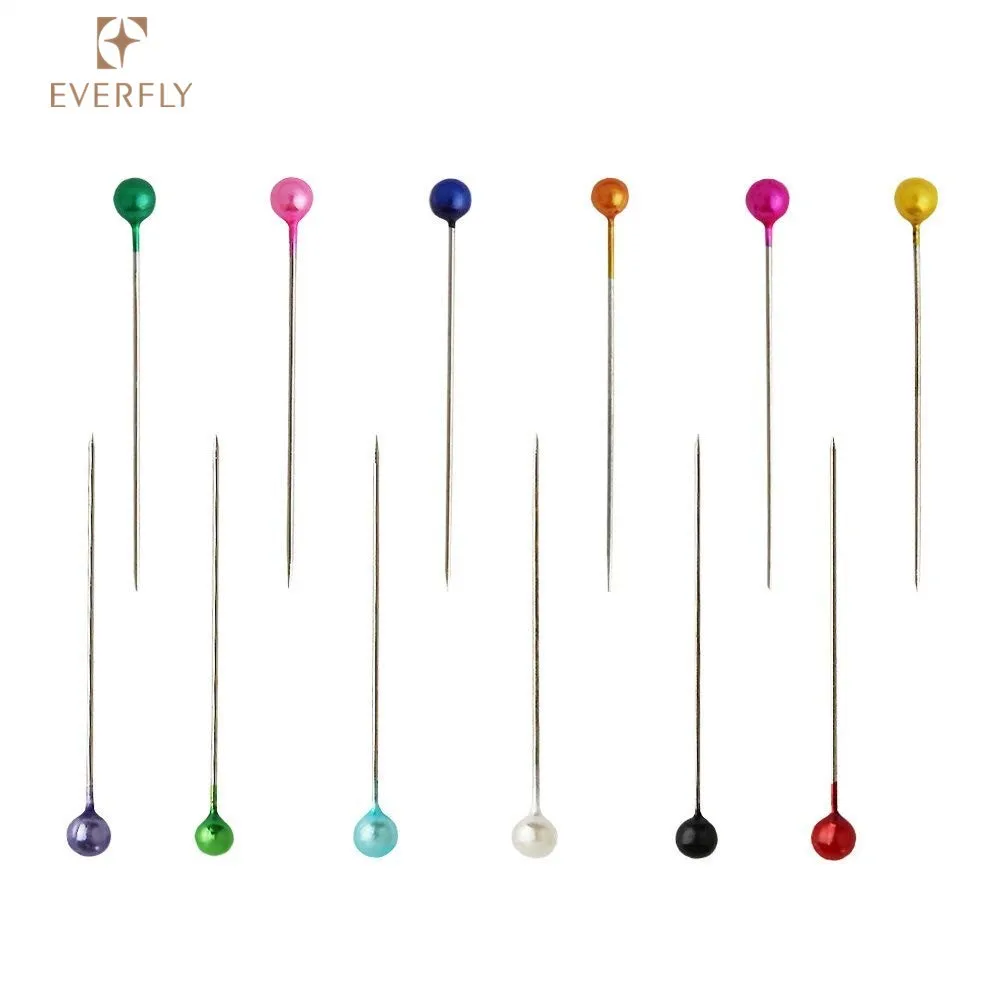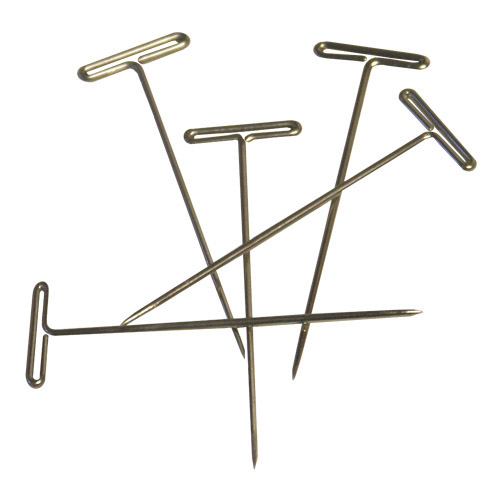

Generally, pearlized pins are slightly longer than dressmaker’s pins and glass-headed pins. They also function as all-purpose pins but are easier to pick up and spot in fabric. These types of pins come in varying thicknesses and lengths. In contrast to the regular metal heads of dressmaker pins, straight pins for sewing can also come with colored plastic, pearlized, metallic, or even glass heads. Most commonly nickel-plated steel, dressmaker pins work with most light- and medium-weight fabrics. If you’re a sewing beginner and don’t have plans to sew any specific fabrics, start with dressmaker’s pins in your collection and expand as you learn to sew new fabrics.ĭressmaker pins are slim and usually 1 1/16” long (size 17).

Dressmaker’s Pinsĭressmaker pins, sometimes referred to as general-purpose sewing pins, are the most common type of straight pin. There are many varieties of straight pins, so below are some of the most popular ones with their indications for use. These pins have a straight shaft and are a necessity in any sewist’s sewing stash. Straight pins are the most basic and most common type of sewing pin for fabric. 7 Different Types of Sewing Pins (Straight Pins) The more rounded ballpoint slides between fabric loops without piercing or snagging as would be the case with sharp pins. Sharp pin tips work well with woven fabrics and are the most common tip type.īallpoint pins, on the other hand, are perfect for pinning knit fabrics. Just like choosing the right sewing machine needle type is important for your project, so is selecting the right type of pin tip. Some plastic head pins may melt when ironed over, though, so be cautious. While often ball-shaped, pin heads can also be flower-shaped or feature other fun shapes! Pins with fun head colors and shapes are easier to see on a project and thus less likely to get lost. Pin heads are typically composed of plastic (metallic, pearlized, or colored), metal, or even glass. To note, brass pins are not magnetic, so you cannot use a magnetic pin cushion or pin wand with them. Nickel-plated steel is arguably the most common type of pin for sewing (and my favorite) as they are magnetic, strong, and rust-resistant. Common Pin Materials (Shaft and Head)Ĭommonly, metal pins are composed of stainless steel, brass, or nickel-plated brass or steel. Ever try to pin multiple layers of denim with a thin pin? The pin will bend.Īs a general rule, use a fine pin with a smaller diameter for delicate fabrics and a thicker pin with a wider diameter for heavy fabrics or thick layers. No one wants unsightly holes in delicate organza or chiffon! However, using too thin of a pin may cause bending on thick fabrics. As such, use the skinniest pin that will hold the layers of your project effectively. The wider the pin, the bigger the hole it leaves when removed. Of course, there are super fine and super thick pins as well. Long pins (1 1/2″ or greater) work best with multi-layer projects like quilts or thick fabrics.Ĭommon pin diameters (aka widths or thicknesses) range from 0.5 mm to 0.8 mm, with 0.6 mm being the standard pin diameter of a common dressmaker’s pin.For most projects, select a medium-length pin ( around 1″ – 1 1/4″) to effectively secure lightweight or mediumweight fabrics.Choose short pins (less than 1″) for delicate, very lightweight fabrics or for projects needing lots of pins in a small proximity.So, what sizes, or lengths, work best for which fabrics? For example, a size 16 pin is 16/16” or 1” in length, and a size 17 dressmaker pin is 17/16” or 1 1/16” in length. This pin size relates to the number of 1/16″ increments in the pin’s length. Pin lengths are measured in 1/16” increments and are described by a number indicating the pin size. And, if you’re still in doubt after reading this tutorial, luckily the back of the packaging for many pins describes the intended usage! 1.
#STRAIGHT PINS HOW TO#
I’ll show you how to make the determination for each pin characteristic and then discuss common pin types. Is the fabric woven or knitted? Is it lightweight or heavyweight? How many layers? Will flat metal pin heads get lost in it? Knowing the fabric characteristics, you can then go through each pin parameter and pick the best pin. The biggest determinant for pin selection is your fabric. Since pins for fabric have different lengths, thicknesses, tips, heads, and even shaft materials, where do you start with selecting the best sewing pin? General Process for Choosing the Best Sewing Pin The top is the head, which can also vary in size, shape, or material. The middle is the shaft, which can vary in length, thickness, or material. The end is the point, which can be super sharp or fairly rounded depending on the pin type. The anatomy of a sewing pin is quite simple, thankfully!


 0 kommentar(er)
0 kommentar(er)
